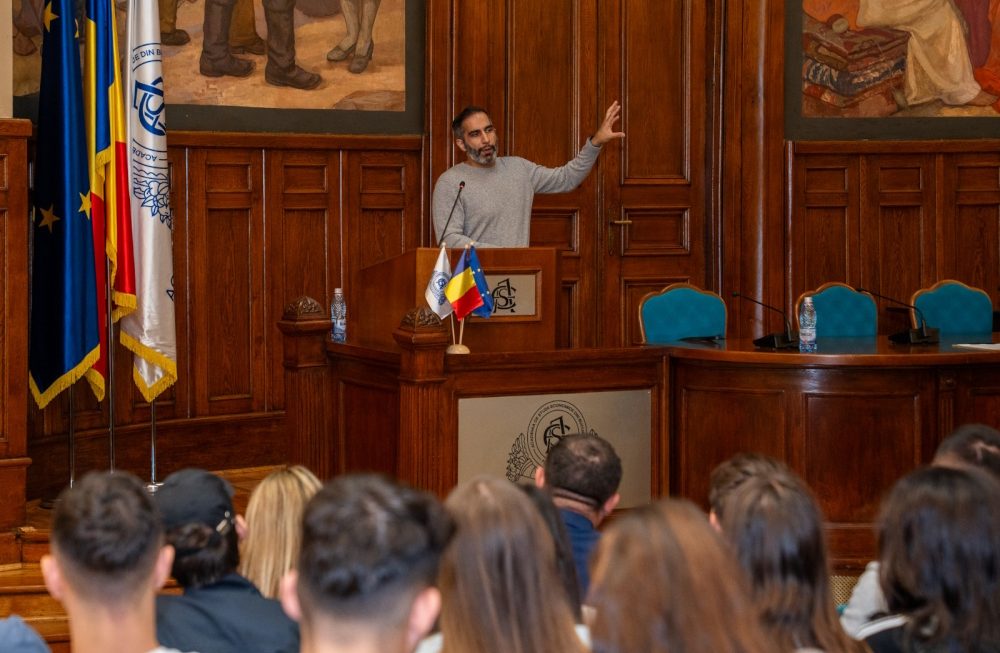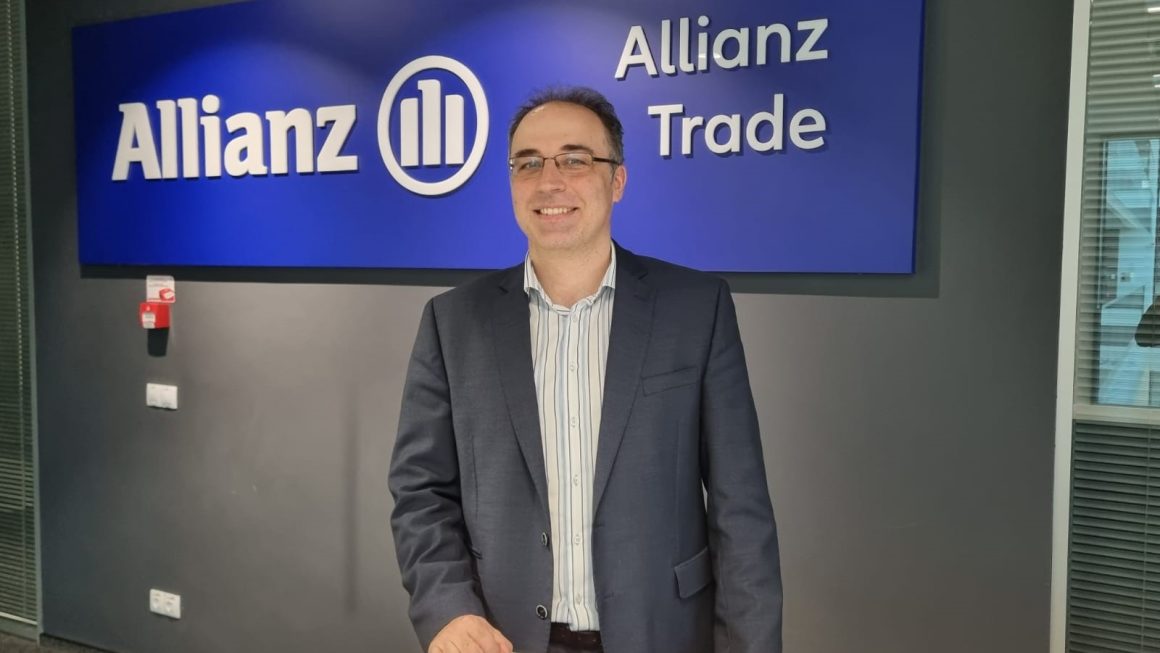
AI versus vocational education
Foto: FotoArtist/ depositphotos.com
Although relatively new to the consumer market, artificial intelligence is already disrupting society. Large language models (LLMs) are evolving at a speed that worries even those controlling them. But while doomsday scenarios are still to come true, LLMs are already having a palpable influence on the occupational world. Recently, the Washington Post sat down with people in the creative industry, seemingly immune to the risk of layoffs brought on by automation. They have lost their jobs because their employers chose to work with artificial intelligence. The conclusion was that the newly unemployed were about to retrain, and one of them had opted for a HVAC technician school.
For those deciding on their future career path, what is happening now should be food for thought. From today’s perspective, technical jobs seem more attractive – ChatGPT is unlikely to be able to change a tap in the foreseeable future. Coincidentally, the new trend overlaps in Romania with serious investment in vocational education, long demanded not only by companies facing a severe shortage of skilled labour.
The National Recovery and Resilience Plan (NRRP) is funding the development of integrated vocational campuses, and the call for projects closed in March. Thirty-three projects are competing for 338 million euros.
Brasov, the Romanian city where the dual vocational education system has actually begun to take shape on the German model, wants to set up such a campus, and the coordinator is the Brasov Integrated Regional Consortium for Dual Education, in which, in addition to the administrative component and actors in the training system, the regional business environment is also represented, through companies such as Airbus Helicopters, IAR, Miele or Kolping. Such a campus integrates all levels of initial vocational training, from vocational school to technical college to university, and companies are closely involved in the training process.
Of course, Brasov is not the only city where there are such partnership initiatives between authorities, the education system and the private economy – regional consortia have been set up in Craiova, Deva, Cluj, Constanța and others, and have submitted projects for such campuses.
At least in theory, the dual system should best ensure both a job for the students enrolled and a flow of new labour for companies, because at least in the three-year dual education form for students after the 8th grade, the initiative belongs to companies, which also provide internships, going up to 72% of total training time in the last of the three years.
In the real world things are a little different. A 2020 study on professional integration delivered by the Ministry of Education shows that only 32% of students stayed with the company that trained them. That 21% went to other firms and 47% of students remained unemployed doesn’t look too good from the perspective of companies, considering their expenses.
Perhaps once established, integrated campuses could ensure better employability performance.
Alex Gröblacher
Share
Share















